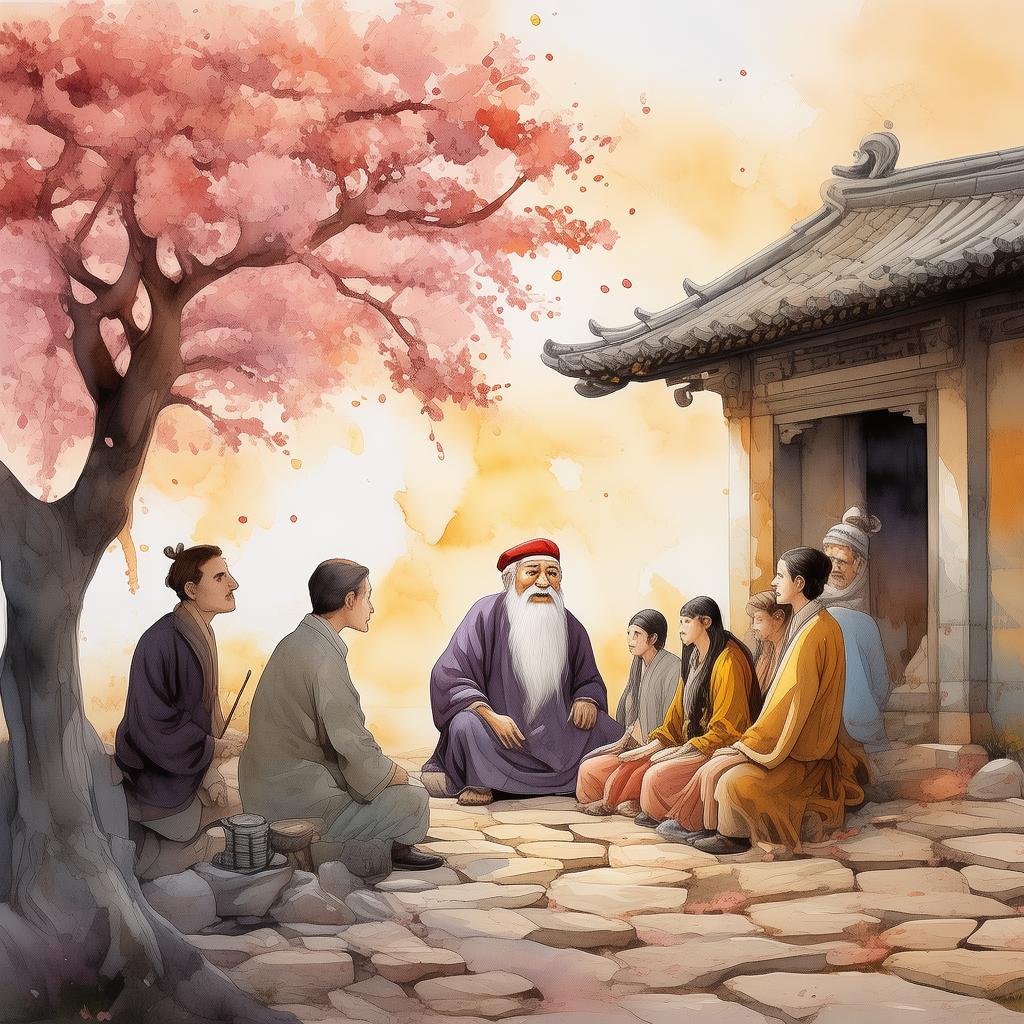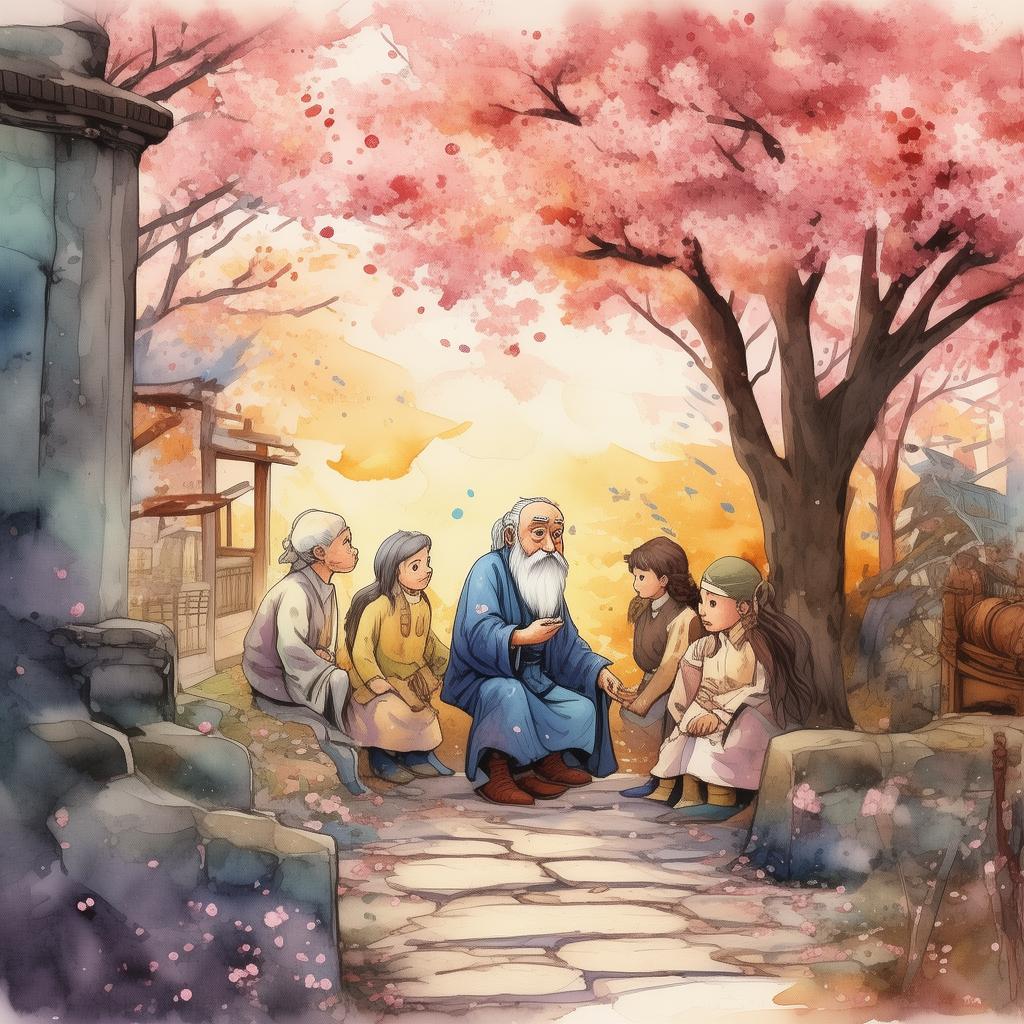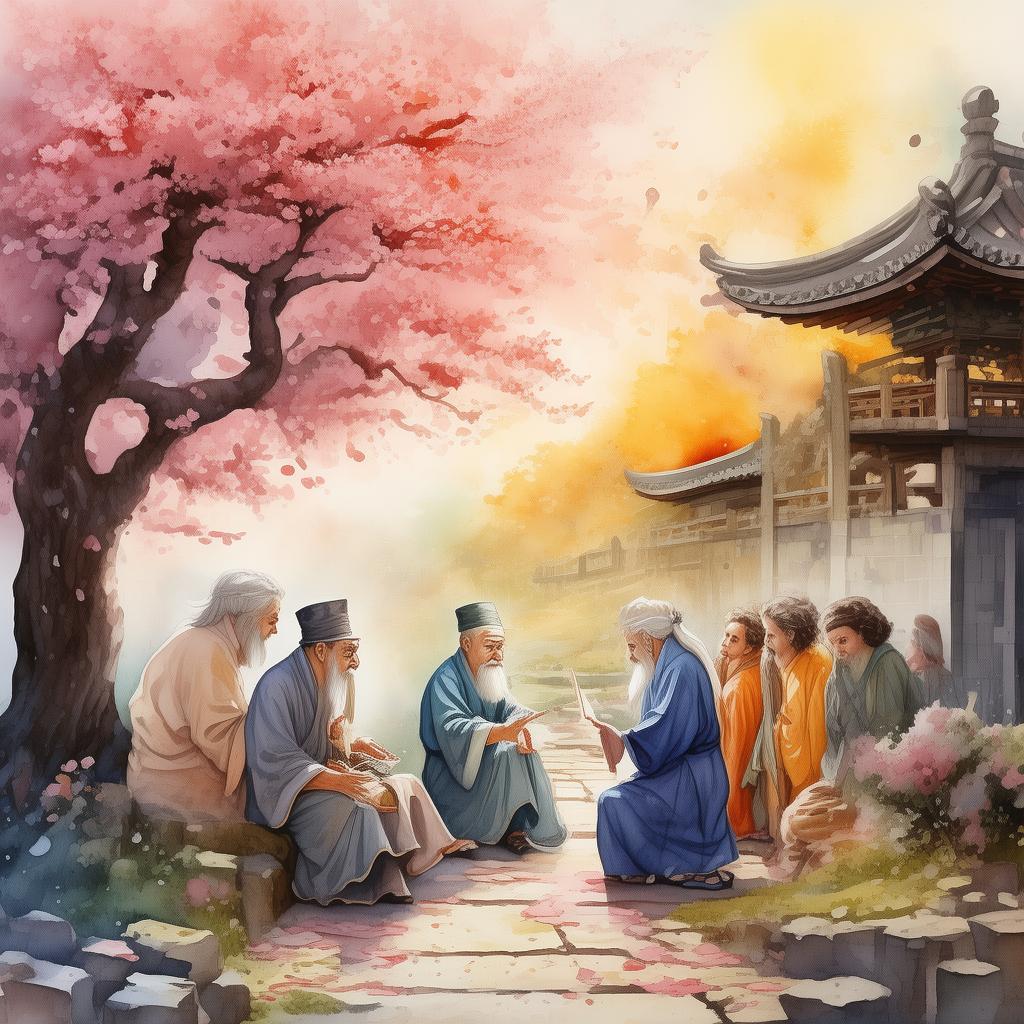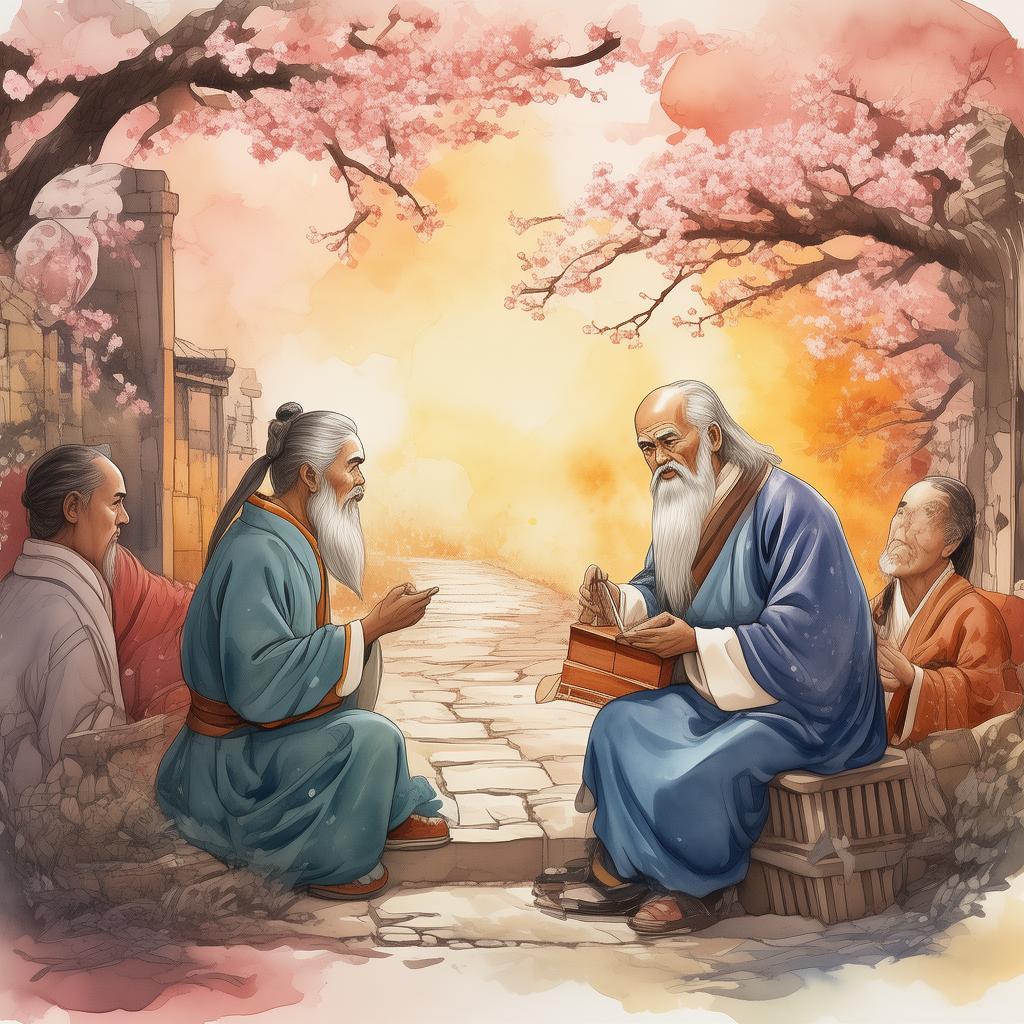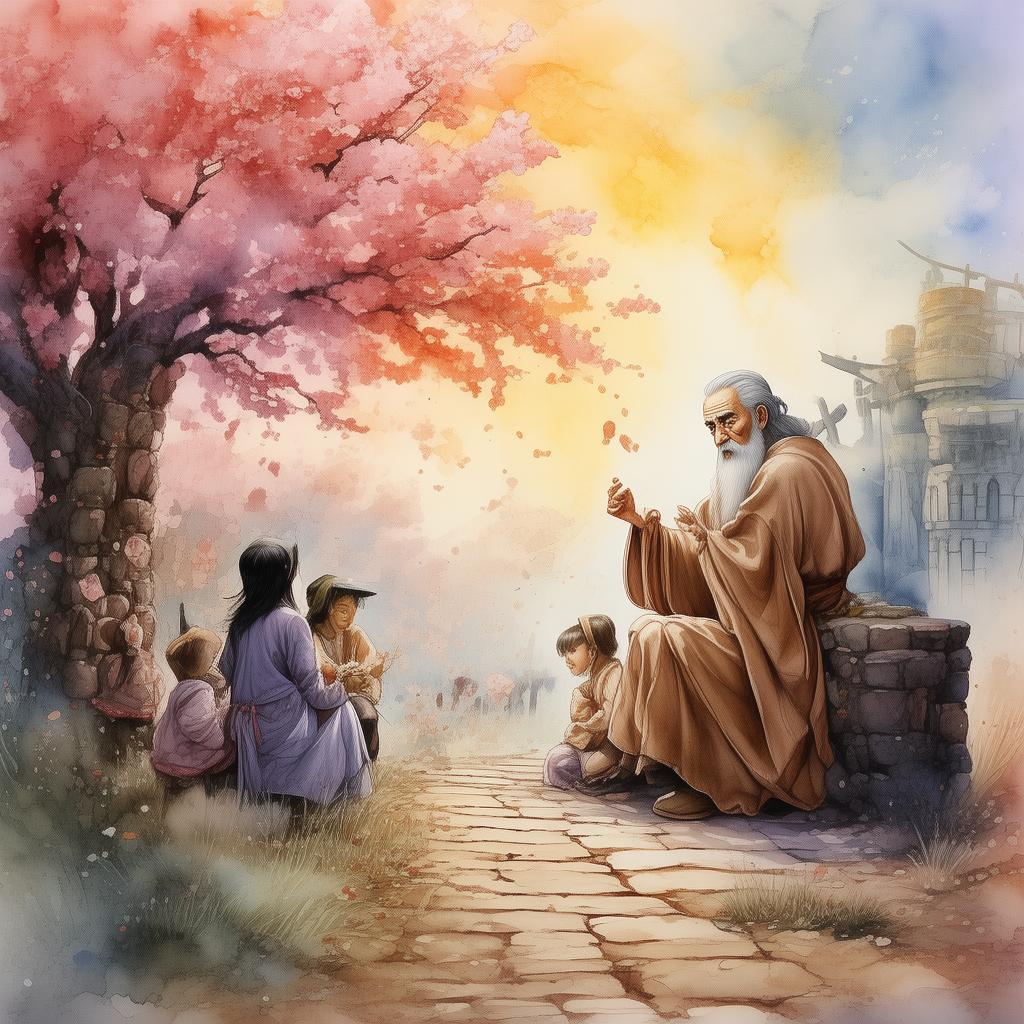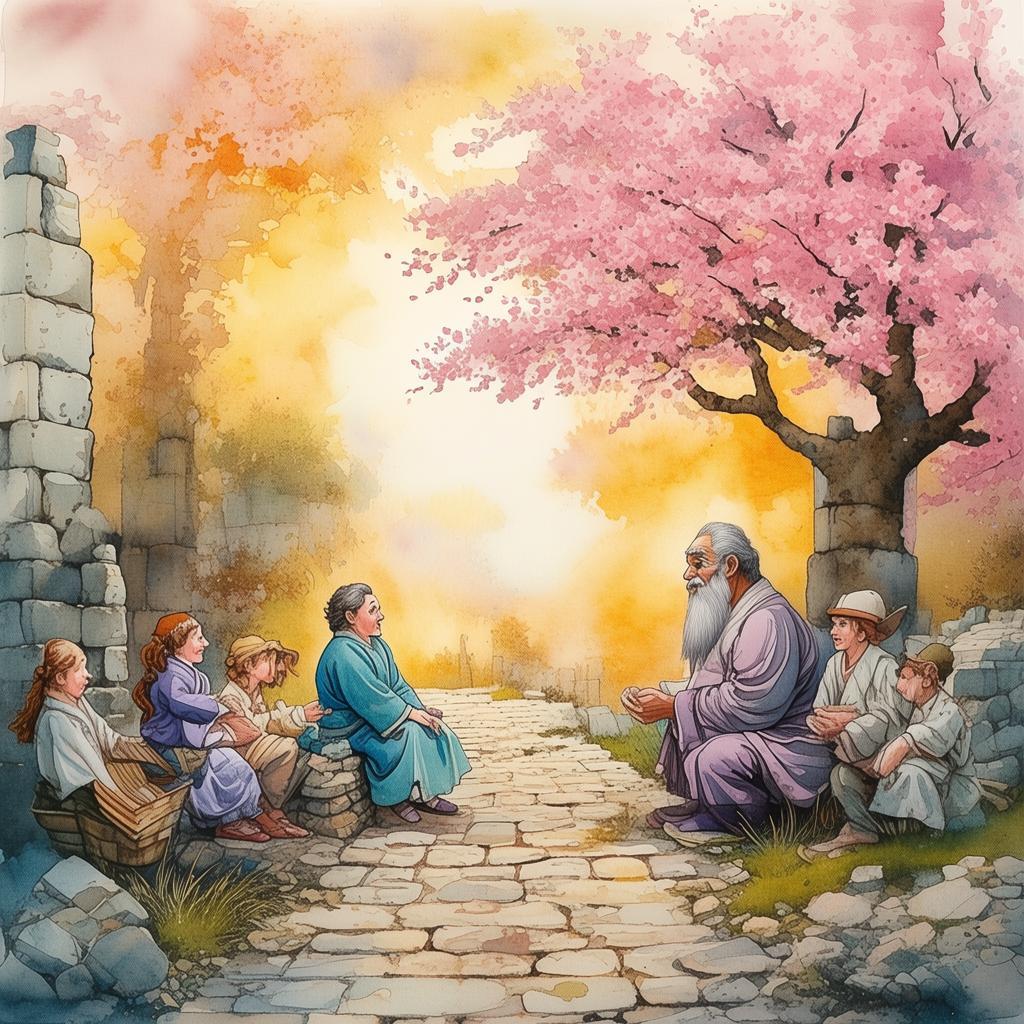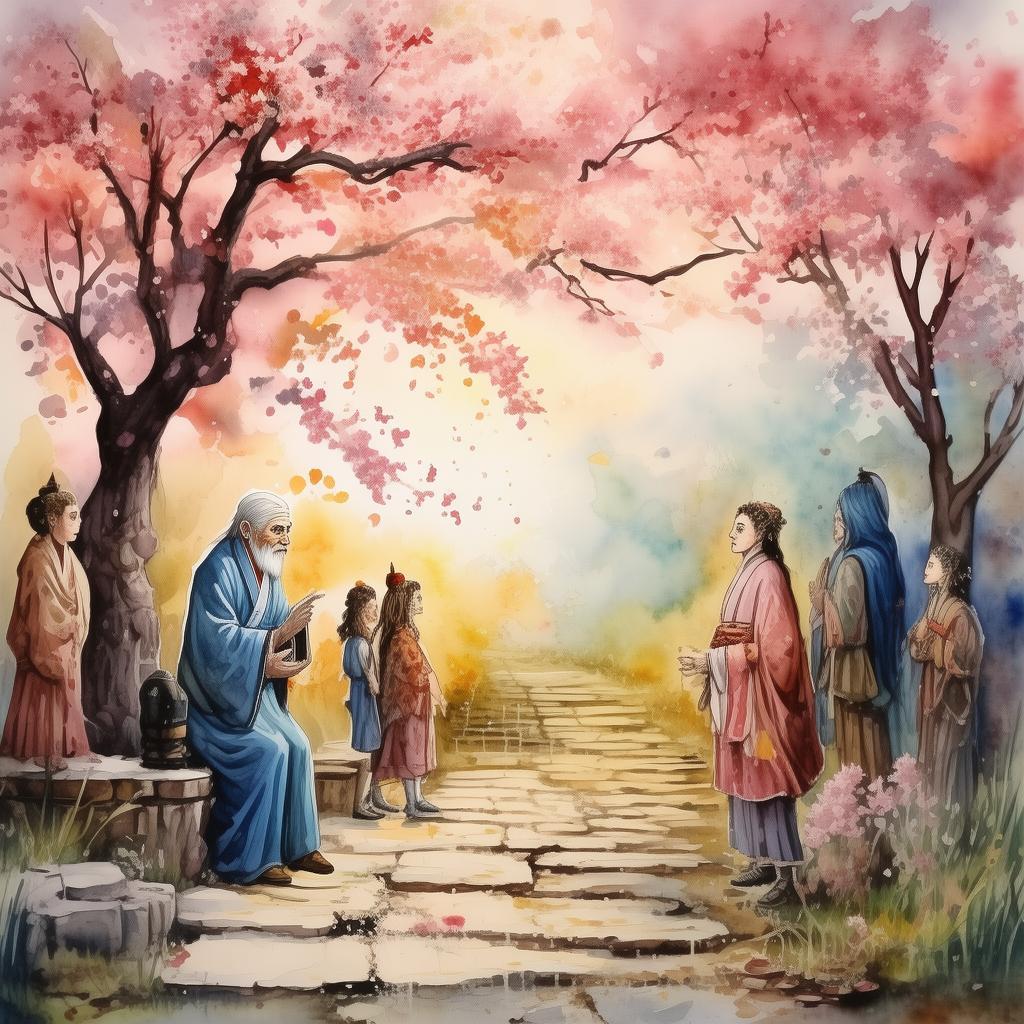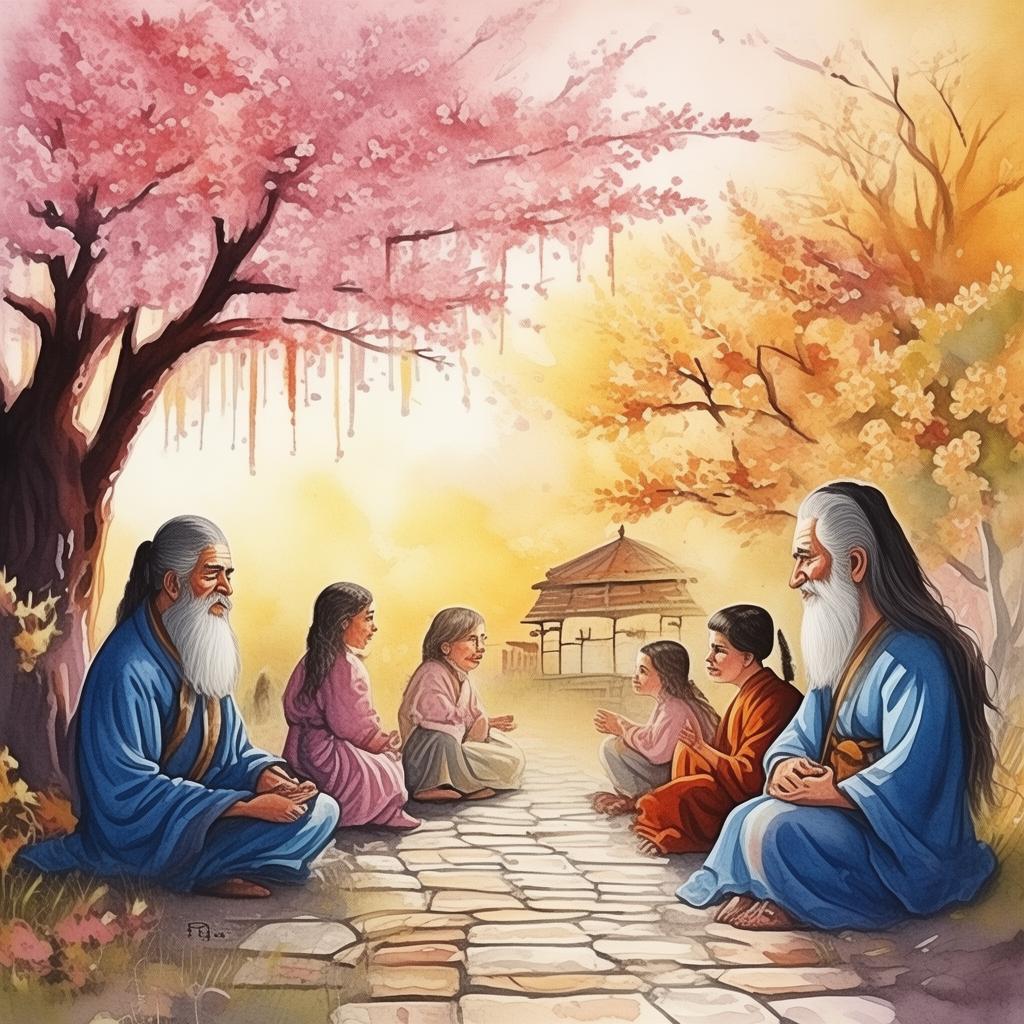Flavors of Forgiveness: A Chef's Peaceful Revolution
In the heart of a city divided by strife, where the sound of gunfire mingled with the clatter of pots and pans, there lived a chef named Liang. His restaurant, known for its fiery and bold dishes, was a beacon of culinary art in a world that had lost its taste for harmony. The people of the city, embroiled in warring factions, sought solace in Liang's kitchen, where the aroma of spices and the warmth of his laughter offered a fleeting escape from the chaos outside.
One evening, as the city was engulfed in a fierce battle, Liang received a letter. It was a message from a former comrade, now a leader of one of the factions. The letter spoke of a shared past, of dreams once shared, and of a dish that had once brought them together. The dish was a simple yet profound creation, a fusion of flavors that represented the essence of their friendship—sour, sweet, spicy, and bitter, each taste embodying a different aspect of their lives.
Liang's heart ached as he read the letter. He had long since distanced himself from the world of politics, choosing instead to focus on his passion for cooking. Yet, the letter stirred something deep within him, a longing for the days when peace reigned, and the only conflict he faced was in the kitchen.
Determined to bridge the divide, Liang decided to create a dish that would embody the essence of forgiveness and unity. He gathered the ingredients that represented the warring factions—sour lemons from the northern orchards, sweet honey from the southern fields, spicy chilies from the eastern hills, and bitter almonds from the western valleys. He spent days perfecting the recipe, blending the flavors until they harmonized into a symphony of taste that was both soothing and invigorating.
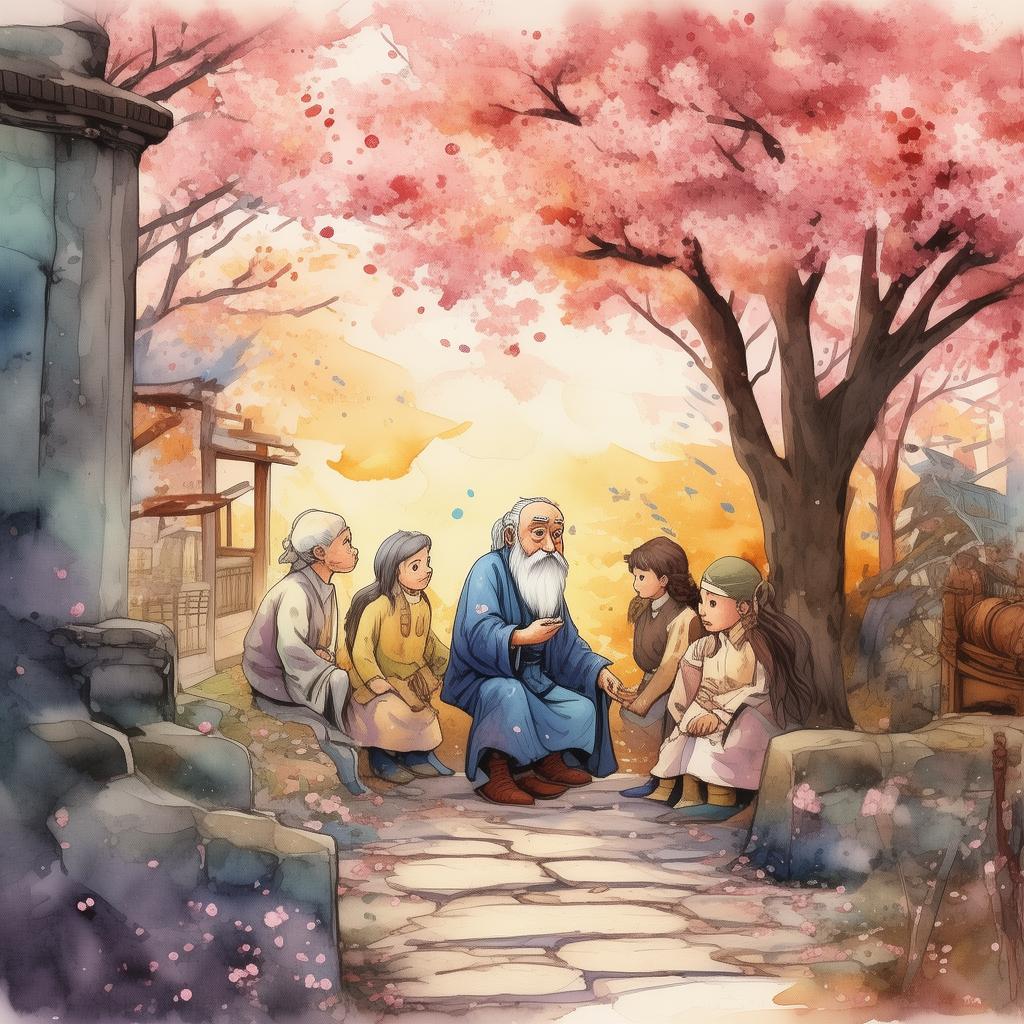
On the day of the festival, Liang unveiled his creation to the city. He served the dish to the leaders of the factions, to the soldiers, and to the ordinary citizens who had gathered to witness the event. As they took their first bites, the flavors danced on their tongues, a testament to the diversity and complexity of life.
The leaders, who had once been enemies, found themselves engaged in conversation rather than conflict. The soldiers, who had been trained to fight, felt a sense of kinship with their fellow citizens. And the citizens, who had been living in fear, found a glimmer of hope in the shared experience.
The dish, named "Flavors of Forgiveness," became a symbol of peace in the city. It was not just a culinary achievement but a testament to the power of unity and the healing potential of forgiveness. The story of Liang's dish spread like wildfire, inspiring people across the land to seek common ground and to heal the wounds of war.
As the years passed, the city's wounds began to heal. The once-warring factions found common cause in the pursuit of a better future. And Liang's restaurant, once a place of solace for the weary, became a sanctuary for the city's people, a place where they could gather and celebrate the flavors of forgiveness.
The Chef's Culinary Calm: A Dish for the Warring Souls had come to life, not just as a story, but as a reality. And in that reality, the city thrived, a testament to the power of one man's vision and the taste of a dish that had the power to change the world.
✨ Original Statement ✨
All articles published on this website (including but not limited to text, images, videos, and other content) are original or authorized for reposting and are protected by relevant laws. Without the explicit written permission of this website, no individual or organization may copy, modify, repost, or use the content for commercial purposes.
If you need to quote or cooperate, please contact this site for authorization. We reserve the right to pursue legal responsibility for any unauthorized use.
Hereby declared.

